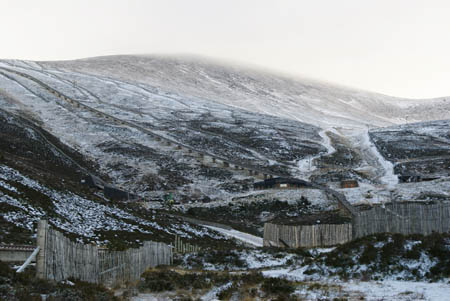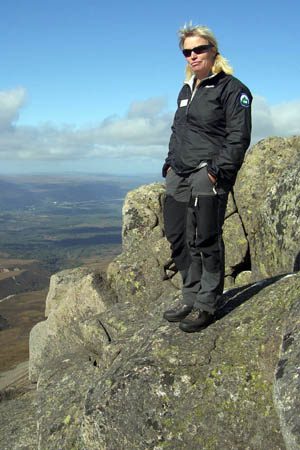Snow-holing – the practice of spending a night on the winter mountains in a hole dug for shelter, is becoming more difficult as climate change diminishes the number of areas with enough snow to make this possible.
Already, it is virtually impossible to guarantee enough quality snow on England and Wales’s mountains, so attention turns to the Scottish Highlands for mountaineers who want to practise their snow-holing. This leads to increased pressure on areas where there are likely to be the right conditions.
Cairn Gorm has long been popular with winter mountaineers, with its high plateau holding quality snow for longer than many other areas. But with the popularity comes a particularly unpleasant problem: human waste.
Former CairnGorm Mountain ranger Heather Morning may have moved on – she’s now the Mountaineering Council of Scotland’s mountain safety adviser – but her legacy lives on, in the shape of the Poo Project.
Heather realised the indelicate subject needed tackling. Not only are human faeces an unpleasant, smelly leftover during the spring melt, but they are a major health risk. Human waste also affects the fragile biodiversity on the mountain and pollutes water sources. Hence the ingenious Poo Project, now in its third year.
The free service offers special pots and carry bags for those heading for the plateau in winter. The contents are then treated at the sewage treatment plant at the Coire Cas car park at the Cairngorm resort.
It’s important that mountaineers and walkers collect the right receptacles for the scheme. The poo bags have been specially acquired for the project and are made from corn starch. These break up once in the treatment facility. The pots are reusable watertight and airtight containers which come with a carry pouch.
The treatment plant at CairnGorm Mountain will only cope with biodegradable bags supplied from the ranger base. Any other type of bag will clog the sewage system.
The containers should be picked up from the ranger base at the Coire Cas car park, grid reference NH 990 060. The treatment facility is situated below the lower car park and has signs to guide walkers.

![[CC-2.0]](/lib/img/layout/cc-attr.gif)
